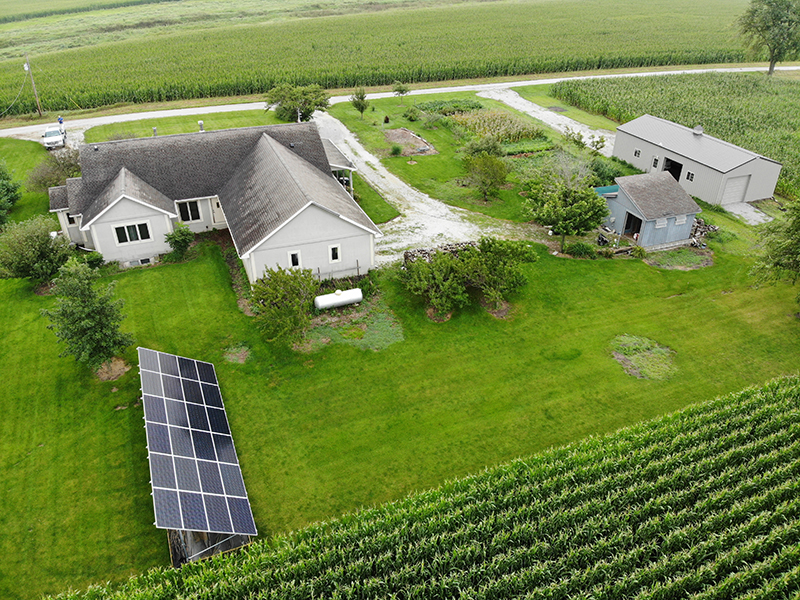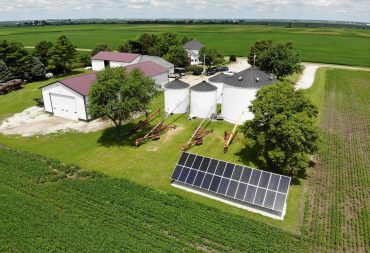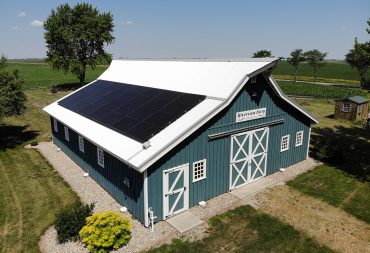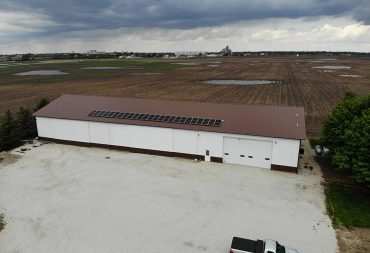
Financial Benefits of Solar for Agriculture
A solar system typically continues to generate 80% of its rated capacity in year 30. Therefore, the utility savings over the system lifespan can be very significant. For example, a 10kW system produces approximately 12,500 kilowatt hours of electricity annually. At $.10 per kilowatt, this amounts to $1,250 savings each year. If breakeven is 5 years, the financial benefit is $31,250 (30 years minus 5 year payback x $1,250) which represents energy cost savings for the property.
Other factors when considering the value a solar system brings to your business are the increasing electricity rates and variable rate structures. Historically, electric utility rates have risen around 3% per year nationally. Over 30 years, that can be a 90% increase in electricity costs.
Additionally, utilities are implementing demand charges and time of use rate plans which can be mitigated with solar systems. Usually, time of use rates charge a higher price for electricity during the daytime when demand on the grid is the highest. This is exactly when the solar system is maximizing production to offset grid usage. Solar creates a lower fixed price for electricity, allowing your business to accurately project future operating costs.
Federal and State Incentives
In addition to the Federal Tax Credit and the State of Illnois SREC incentive, farm businesses can take advantage of depreciation tax deduction benefits to lower the overall cost of a solar installation. See the Incentives and Rebate Programs page. DISCLAIMER: Not all customers are eligible for the FITC (Federal investment tax credit).
REAP Grant
The USDA offers farms and rural businesses the opportunity to apply for a REAP (Rural Energy for America) Grant.
ROI and Property Value
A solar power installation can also earn an excellent return on investment and increase your property value. Read more about the financial benefits of solar.
Take a look through our portfolio to see solar power systems we have designed and installed for farms in your community:



